How to Troubleshoot Common Bathroom Fan Issues
Your bathroom fan is a key component to maintain healthy levels of ventilation in your bathroom. So any issues you may find must be addressed as quick as possible. But how exactly do you go about doing this?
In this blog, we will show you how to troubleshoot common bathroom fan issues.
To prevent mould, fresh air should always be introduced into your dwelling daily, as it helps to regulate temperature and reduce condensation. Introducing fresh air can be as simple as having a ventilation routine, or installing extractors or PIV systems.
Having an understanding of the uses and reasoning for ducting can be just the information you require in order to get the correct ducting to fit your needs. Knowing how their differences can save you any potential mistakes if you choose to set it up yourself.
I-Sells is here to provide the answers you require whilst also supplying you with all the information you need to combat mould and have a well-ventilated home.
How can a bathroom fan get damaged?
Bathroom fans, while generally robust, can succumb to various issues over time due to their environment and usage.Here’s how a bathroom fan might get damaged:
Moisture and Humidity:
Their primary function exposes them to constant moisture from showers, baths, and general bathroom humidity, this moisture can corrode electrical components. Over time, moisture can lead to rust and corrosion on electrical components like the motor windings or circuit board, hindering their performance and potentially causing complete failure.
Additionally, this can reduce fan efficiency. Moisture build-up inside the fan housing or ductwork can restrict airflow, making the fan less effective at removing moisture.
Dust and Debris:
Bathrooms can be dusty, and this dust can get sucked into the fan and clog the grille and ductwork. Dust build-up on the fan grille and inside the ductwork significantly reduces airflow. A clogged fan becomes less effective at removing moisture and can even overheat.
Furthermore, this can wear down the fan motor. Excessive dust can put extra strain on the fan motor, leading to premature wear and tear.
Improper Use and Maintenance:
Not taking proper care of your bathroom fan can also contribute to damage:
- Neglecting Cleaning: If the fan grille and ductwork aren’t cleaned regularly, dust and debris build-up can worsen, leading to the problems mentioned above.
- Frequent On/Off Switching: While some fans have timers or humidity sensors for automatic operation,constantly turning the fan on and off can put extra stress on the motor and switch.
Age and Wear:
Like any mechanical device, bathroom fans have a lifespan. Over years of operation, the bearings that support the fan motor can wear out, causing the fan to become noisy or vibrate excessively.
Constant vibrations can loosen screws and mounting brackets, leading to rattling noises and reduced fan performance. Even with proper use, electrical components like the motor or capacitor can eventually fail due to normal wear and tear.
External Factors:
- In rare instances, external factors can also damage a bathroom fan:
- Power Surges: Electrical surges can damage the fan’s motor or circuit board. Consider surge protection for your bathroom circuit.
- Physical Impact: Accidental bumps or forceful cleaning of the fan grille could cause physical damage.
How to troubleshoot common bathroom fan issues
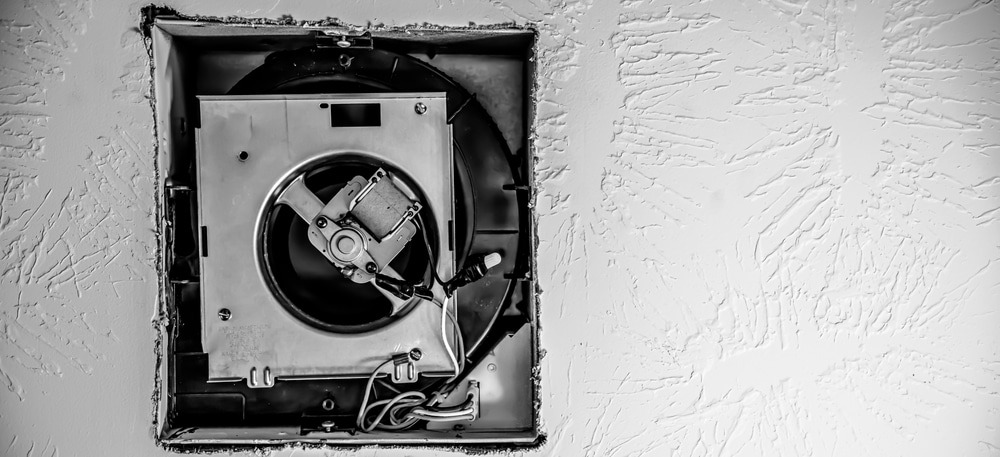
A well-functioning bathroom fan is essential for preventing moisture build-up and maintaining good air quality. But sometimes, your trusty fan might not be pulling its weight. Here’s a guide to troubleshooting some common bathroom fan issues:
The Fan Isn’t Running At All
- Check the Power: First things first, ensure the fan is switched on. Many bathroom fans have a separate switch from the light. Look for a wall switch or a pull-cord near the fan.
- Test the Circuit Breaker: If the switch is on but the fan isn’t working, your circuit breaker might have tripped. Locate your breaker box and identify the breaker labelled for the bathroom or your entire ventilation system. Reset the tripped breaker if necessary.
- Examine the GFCI Outlet (if applicable): Some bathroom outlets have a Ground Fault Circuit Interrupter (GFCI) for safety. If the GFCI has tripped, the reset button will be popped out. Press the button to reset it and see if the fan powers on.
The Fan is Running, But Not Working Effectively
- Inspect the Ventilation System: Weak airflow could indicate a blockage in the fan’s ductwork or vent. Turn off the power before checking. Look for any visible signs of debris like dust, cobwebs, or even bird nests blocking the vent opening outside your house.
- Clean the Fan Grille: Dust and grime buildup on the fan grille itself can also hinder airflow. Remove the grille according to the manufacturer’s instructions and clean it with warm, soapy water.
- Check the Damper (if applicable): Some fans have dampers that open automatically when the fan turns on. A faulty damper might not be opening fully, restricting airflow. Consult your fan’s manual for instructions on checking and cleaning the damper.
The Fan is Making Unusual Noises
- Loose Parts: Over time, fan components can become loose, causing rattling or grinding noises. Turn off the power and tighten any loose screws or mounting brackets.
- Worn Bearings: If the noise sounds like a continuous whirring or grinding, the fan’s bearings might be worn.Replacing the bearings or the entire fan unit might be necessary. This might be a job best left to a qualified electrician.
Important Safety Reminders
- Always turn off the power to your bathroom fan before performing any troubleshooting or cleaning steps.
- If you’re unsure about any electrical work, consult a qualified electrician to avoid any safety hazards.
- Remember to switch the power back on only after you’ve finished troubleshooting and everything seems to be in order.
By following these steps, you should be able to identify and address many common bathroom fan issues yourself.However, for complex repairs or electrical work, it’s always best to seek help from a qualified professional.
How old should my bathroom fan be before replacing it?
There’s no single lifespan for a bathroom fan – it depends on several factors like usage, maintenance, and overall quality.However, most bathroom fans can last anywhere from 10 to 20 years with proper care. Here are some signs that your bathroom fan might be nearing the end of its lifespan and due for replacement:
- Reduced Airflow: A noticeable decrease in the fan’s ability to remove moisture and odours is a telltale sign. This could be due to a clogged fan or a failing motor.
- Excessive Noise: Unusual noises like rattling, grinding, or loud whirring indicate loose parts or worn-out bearings in the fan.
- Visible Damage: Cracks in the fan housing, rust, or any visible deterioration suggest it’s time for a replacement.
- Frequent Repairs: If you find yourself needing to fix the fan frequently, it might be more cost-effective to replace it altogether.
- Age: Even if your fan seems to be functioning, if it’s over 10-15 years old, consider replacing it as a preventative measure. Newer models might also offer better efficiency and quieter operation.
Upgrade your bathroom fan today
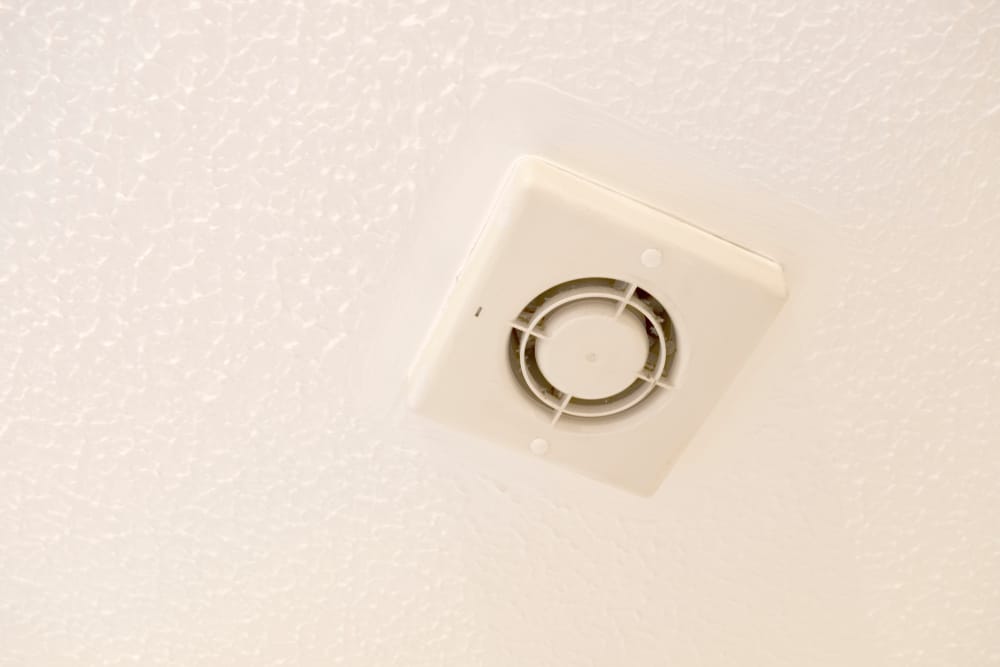
Before deciding to invest in our mould solutions. Be sure to visit our blog page to gain knowledge on the wide array of factors and issues surrounding ventilation, mould, condensation, and much more.
We hope to have given you relevant information regarding how to troubleshoot common bathroom fans.
We understand you may have more questions, do not hesitate to contact us for more information with regard to whatever you require our help with. If you’d like to email us, click here. For other contact options, see below:
Call us on 020 8463 9696
Visit us at our showroom:
*OPENING TIMES*
Monday – Friday: 8:00 am to 5:30 pm
Saturday: 9:00 am to 12:00 pm
Sunday: Closed
15 St John’s Parade
Sidcup, Kent
DA14 6ES
United Kingdom

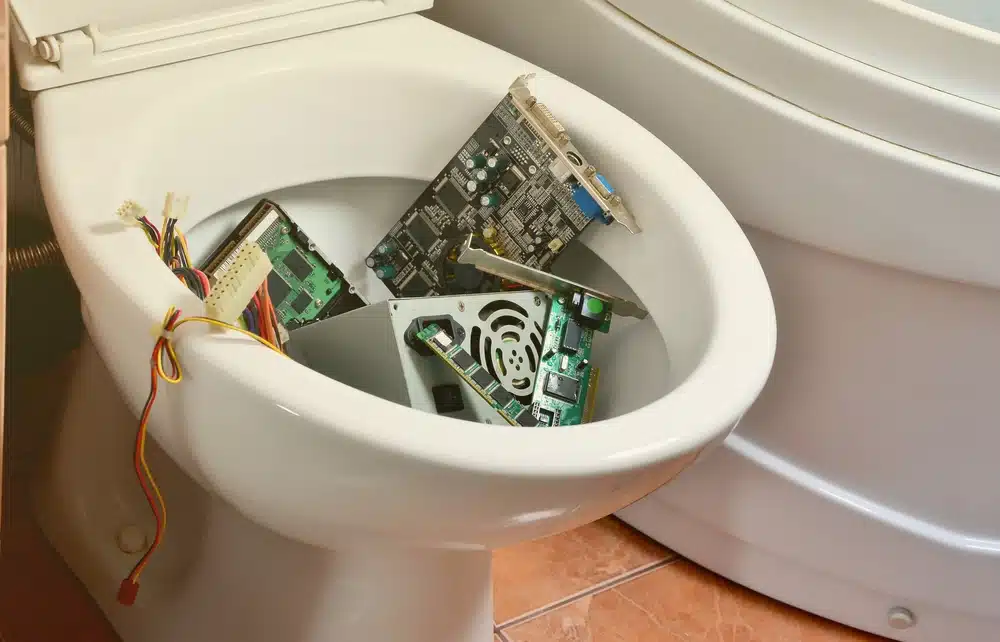
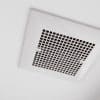
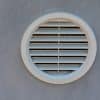
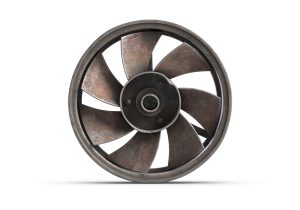

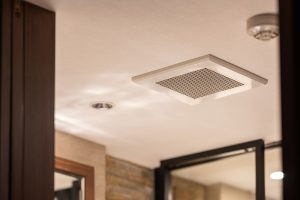





















Add comment
You must be logged in to post a comment.